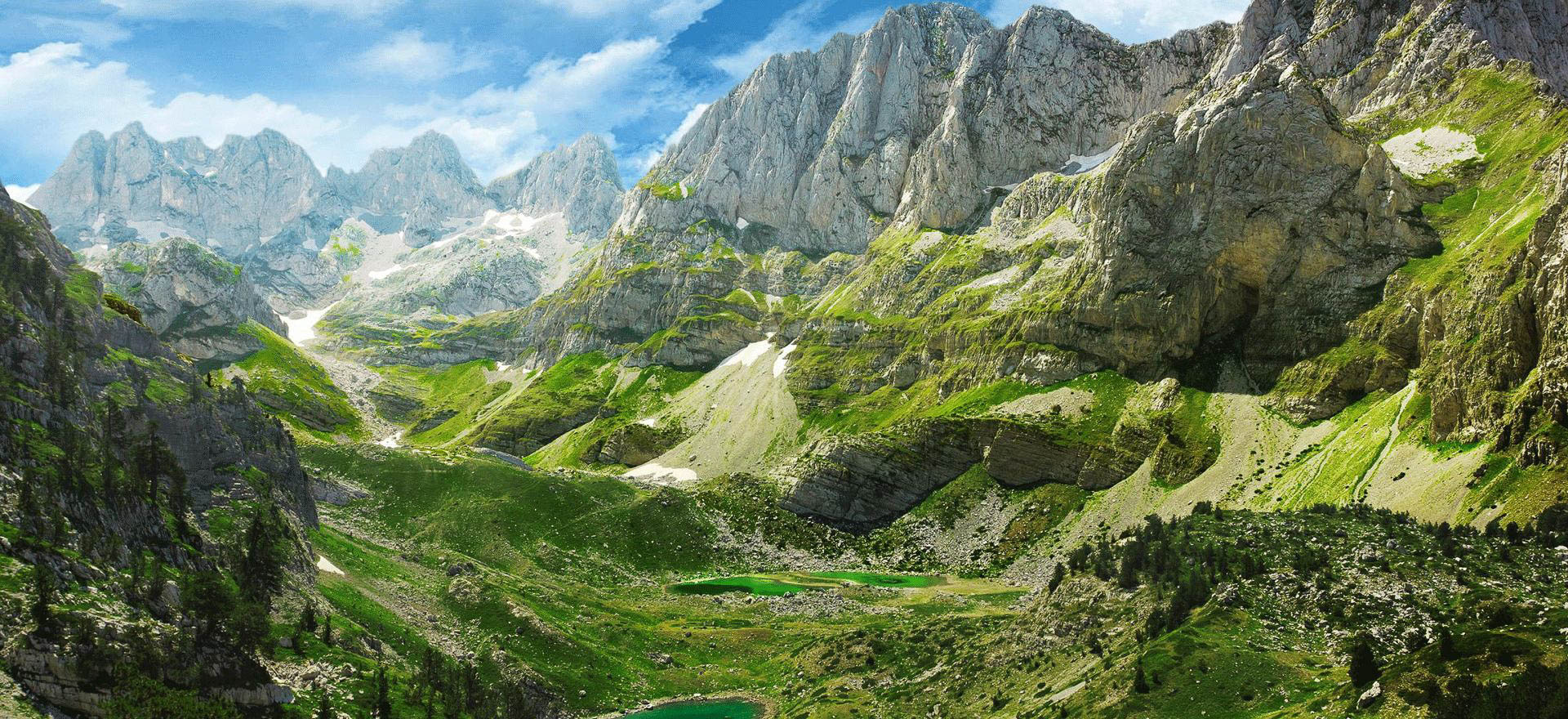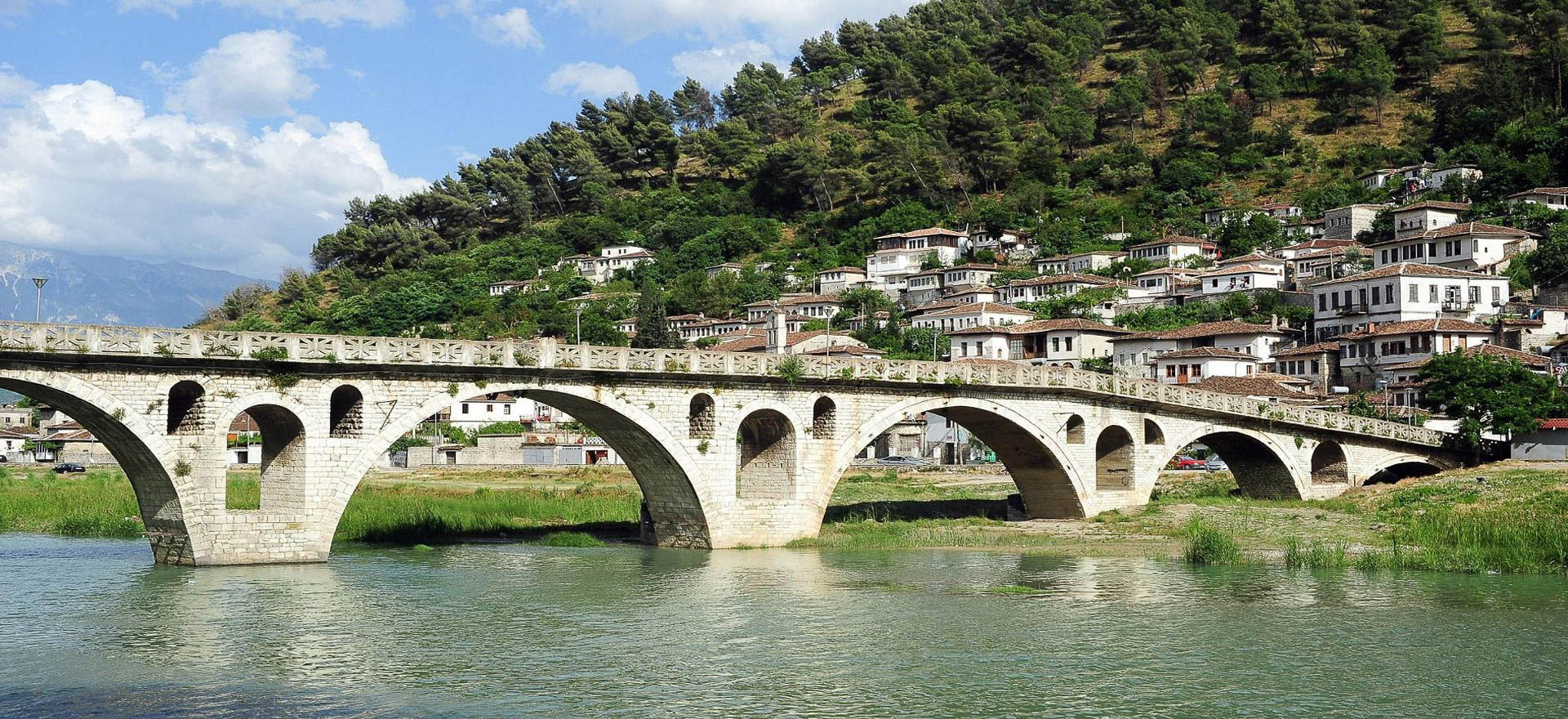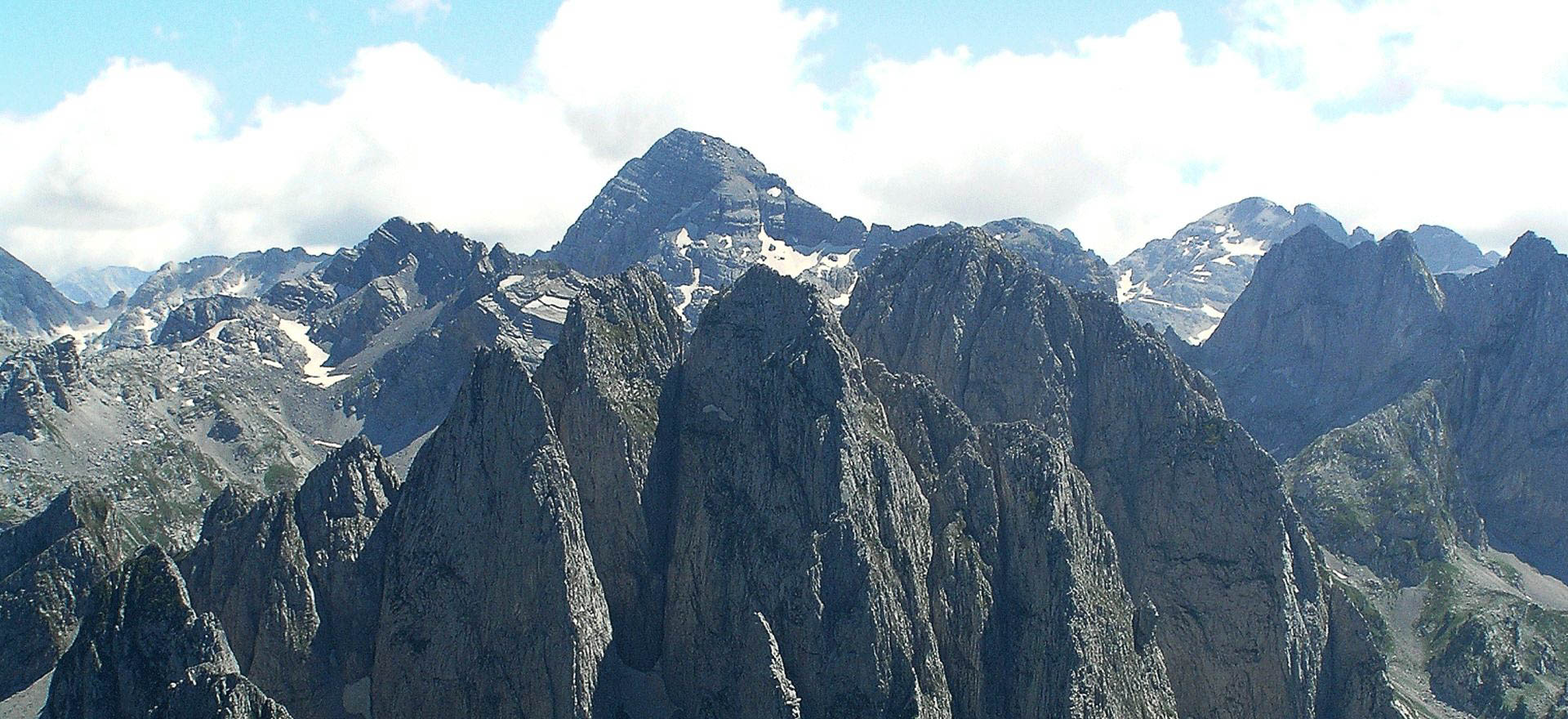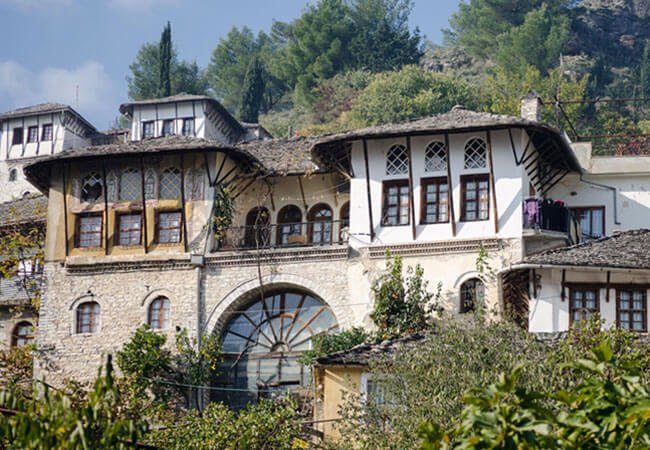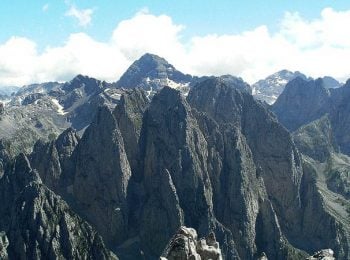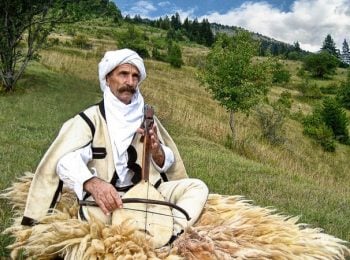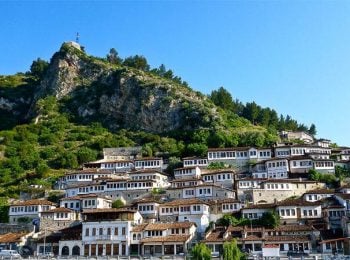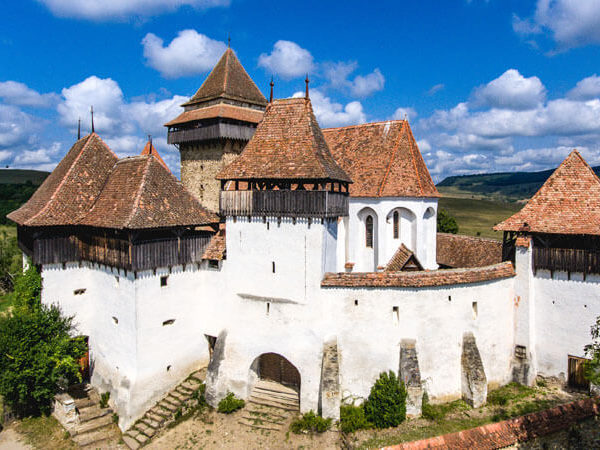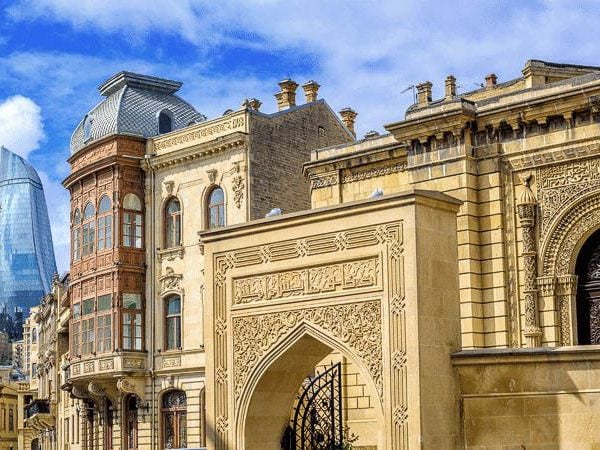Albania, Kosovo and Macedonia
Explore Albania, Kosovo and Macedonia, a stunning and unusual part of the continent on the borders of Christian Europe and the old Ottoman Empire. In Albania we first visit the citadel of Kruja, with its deep connection with Albanian culture and impressively preserved buildings, then head to the region of Mirdita where we step back in time to discover feudal traditions, unique villages and the real spirit of Albanian culture.
We spend a couple of days in the rural communities of Thethi National Park, situated amidst the stunning scenery of the Albanian Alps, exploring the pristine mountainous countryside, crisscrossed with rivers and harbouring villages where the traditions of yesteryear are as relevant as they ever have been.
Moving on, we then cross Lake Koman by boat to continue to Kosovo. Cities like Prizren and Pristina give us the opportunity to delve into the complex history of the region, with its heady combination of east and west. Crossing into Macedonia we explore the capital Skopje and visit medieval churches on the way to the pretty lakeside town of Ohrid. Back in Albania we visit the picturesque towns of Berat and Gjirokastra with their whitewashed traditional houses, and visit the Roman sites of Appollonia Butrint before returning to Tirana.
This is a fascinating land, little-visited up until now but with much to offer the curious traveller. Discover one of Europe’s hidden secrets.

